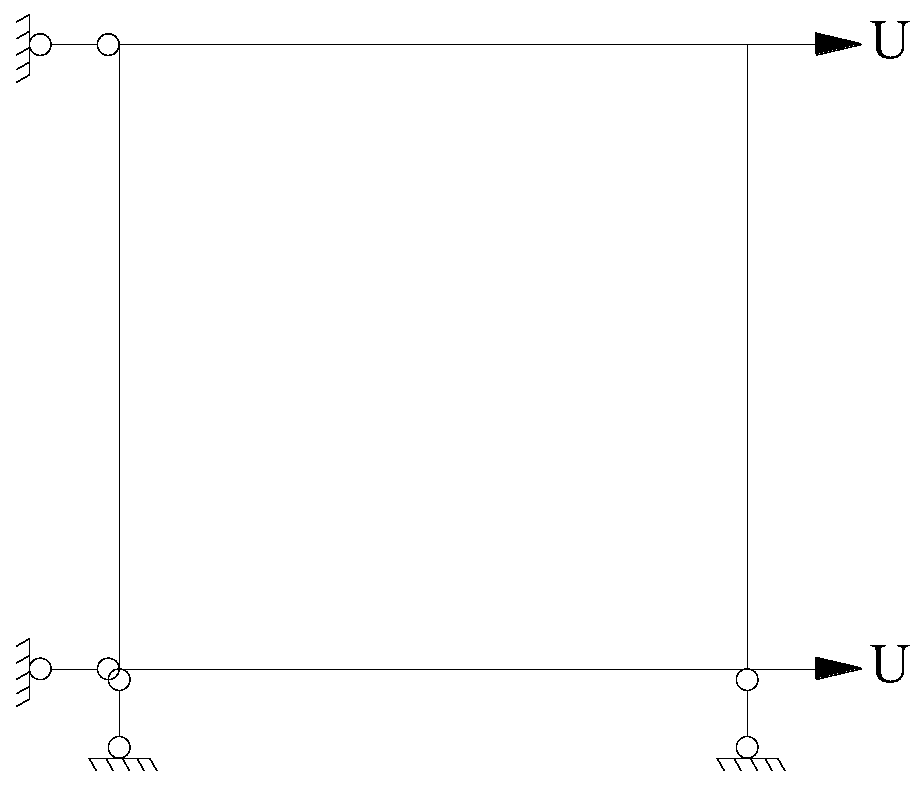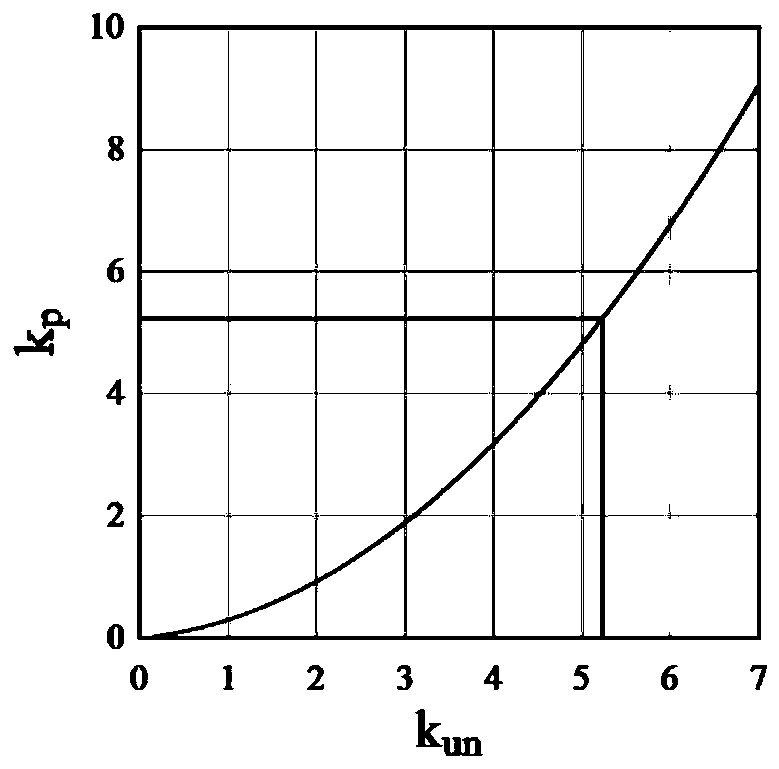Concrete damage accumulation analysis method under cyclic load
An analysis method and concrete technology, applied in the direction of analyzing materials, measuring devices, instruments, etc., can solve problems such as inaccurate analysis results and inability to reflect hysteresis effects.
- Summary
- Abstract
- Description
- Claims
- Application Information
AI Technical Summary
Problems solved by technology
Method used
Image
Examples
Embodiment 1
[0093] Establish a numerical example based on the Gopalaratnam and Shah cyclic tensile test, a 1m×1m×1m three-dimensional eight-node isoparametric element model such as figure 1 As shown in , the normal constraints are imposed on the nodes on the left and bottom sides of the unit, and the strain on the right nodes is loaded in stages according to the test data.
[0094] Image 6 The simulation results of the analysis method of the present invention are compared with the test data and the simulation results of the traditional elastic-plastic analysis method. It can be seen from the figure that the method of the present invention can better simulate the hysteresis effect produced in the process of repeated loading and unloading under the action of cyclic loads, and is consistent with The experimental observation data can be well fitted. Especially when the unloading curve is close to the residual strain point, it turns into a reloading behavior feature point, i.e. the lowest po...
Embodiment 2
[0098] The model parameters and boundary conditions are the same as in Example 1, and the graded strain loading will be divided into five stages: tension-unloading-compression loading-unloading-tensioning to verify the complete description of the total stress-strain curve of concrete by the analysis method of the present invention.
[0099] Figure 8 and Figure 9 The total stress-strain curve and damage evolution process of the concrete analysis method under repeated tensile and compressive loads are respectively given in the present invention, which includes the tension elastic loading section, the tension softening loading section, the tension softening unloading section, and the tension-compression conversion Section, pressure softening loading section and pressure softening unloading section further verify the correctness and applicability of the analysis method of the present invention.
PUM
 Login to View More
Login to View More Abstract
Description
Claims
Application Information
 Login to View More
Login to View More - R&D
- Intellectual Property
- Life Sciences
- Materials
- Tech Scout
- Unparalleled Data Quality
- Higher Quality Content
- 60% Fewer Hallucinations
Browse by: Latest US Patents, China's latest patents, Technical Efficacy Thesaurus, Application Domain, Technology Topic, Popular Technical Reports.
© 2025 PatSnap. All rights reserved.Legal|Privacy policy|Modern Slavery Act Transparency Statement|Sitemap|About US| Contact US: help@patsnap.com



